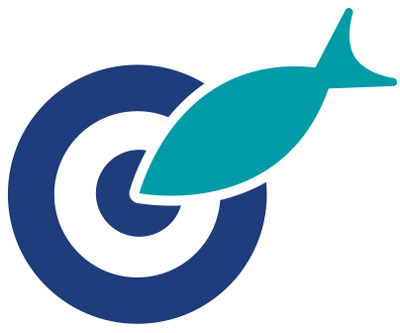California Changing Domoic Acid Protocols for  Upcoming Crab Season
Upcoming Crab Season
A special hearing held this week in California brought together the state's fishery managers to discuss how they should change domoic acid protocols for the upcoming 2016-17 Dungeness crab season. The hearing was hosted by Representative Mike McGuire who is the Chairman of the state's Joint Committee on Fisheries and Aquaculture and included members from California's Department of Fish and Wildlife and the Dungeness Crab Task Force. Several options discussed improvements the state's handling of domoic acid testing and possible fishery closures. Options included allowing areas to open with evisceration orders in place, instead of keeping an area closed completely. Streamlining tests and starting testing earlier in October were also discussed. A more unified public outreach campaign about educating the consumers about the closures was also proposed. Meanwhile, the panel heard from Dr. Raphael Kudela, Lynn Professor of Ocean Health at the University of California Santa Cruz, who said the chance of a domoic acid outbreak similar to last year is lower because of changes to water temperatures.
Deadlines have passed for proposals to the 2017 Upper Cook Inlet finfish meeting of the Alaska Board of Fisheries. More than a dozen proposals look to modify or entirely repeal the Kenai River Late Run King Salmon Management Plan and the Kenai River Late-Run Sockeye Salmon Management Plan. Commercial fishermen largely resent the August sockeye rules and have been restricted by them to some degree in each of the last three years since they were adopted in 2014.
In India, a $1 million investment will be made to set a shrimp storage and broodstock producing facility in the major shrimp producing state of Andhra Pradesh. The center will be located in the Viskhapatnam district and is expected to be completed in about a year. MPEDA and its research unit, the Rajiv Gandhi Centre for Aquaculture will provide necessary technical support for the facility.
Meanwhile, salmon fishing restrictions in BC's Prince Rupert are creating a lot of tension between the region's commercial fishermen and enforcement officials with the DFO. Fishermen are frustrated with what they say are constantly changing regulations over restrictive fishing methods and species of fish, particularly sockeye salmon and other salmon species, as well as allowing different user groups to have a chance at the fish down the coast. Specifically, members of the United Fishermen and Allied Workers’ Union took exception when DFO officials seizing non-retention sockeye and chum and charging fishermen for possessing some of the fish, some of which had been used as food fish for First Nations communities when fishermen discovered that the salmon had been dead in their bycatch.
Finally, Mississippi is considering multiple sites for off-bottom oyster cultivation as part of a goal of to produce one million sacks a year by 2025. The boom in oyster harvests and value has been driven by high value oysters produced from farms and leased bottom, most of which is off-bottom culture. A recent analysis showed that for the Gulf, High value off bottom culture was estimated at 3 percent, while in the Mid-Atlantic it is 18 percent, and in New England, it is 61 percent of the total harvest.
To Read Full Story Login Below.